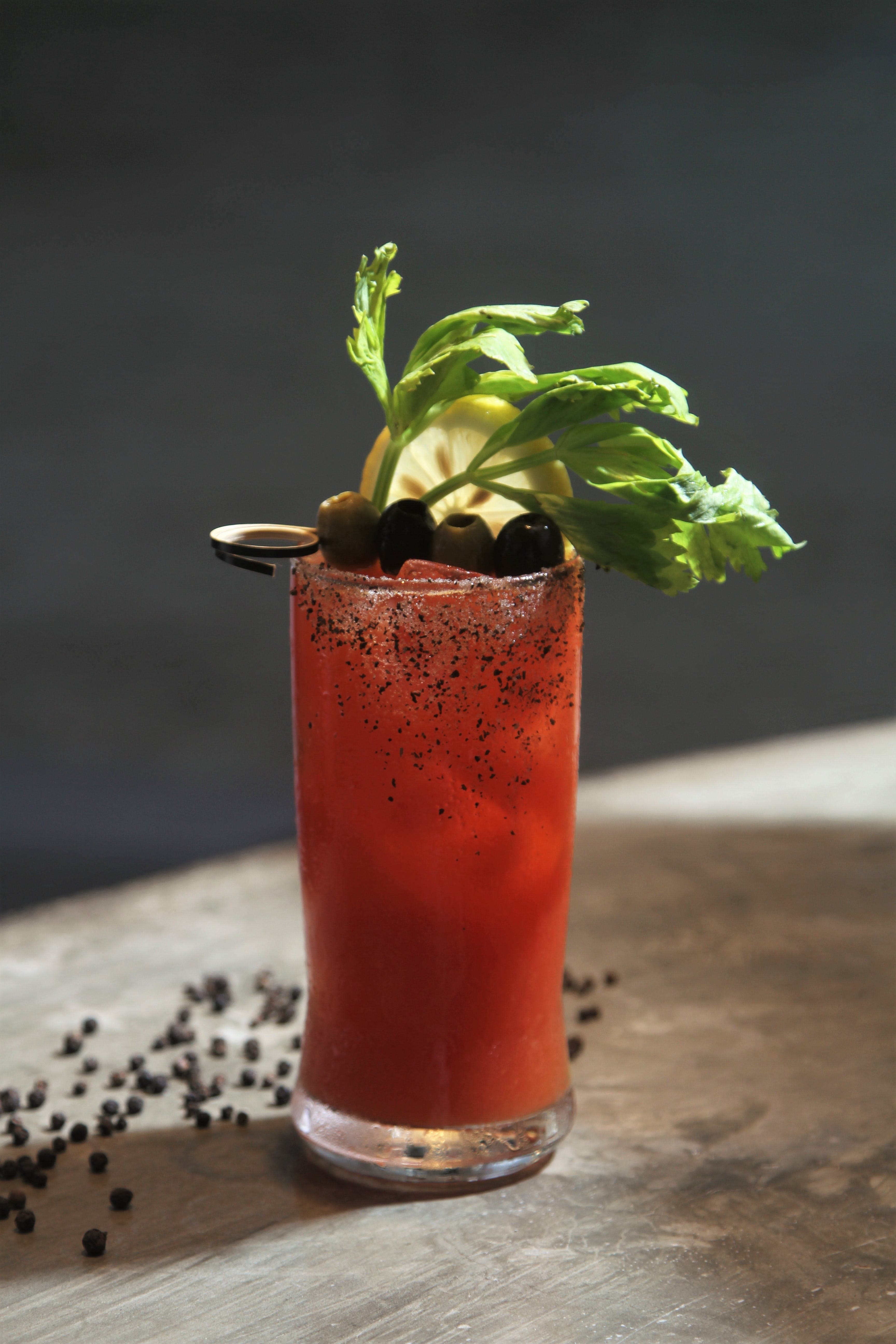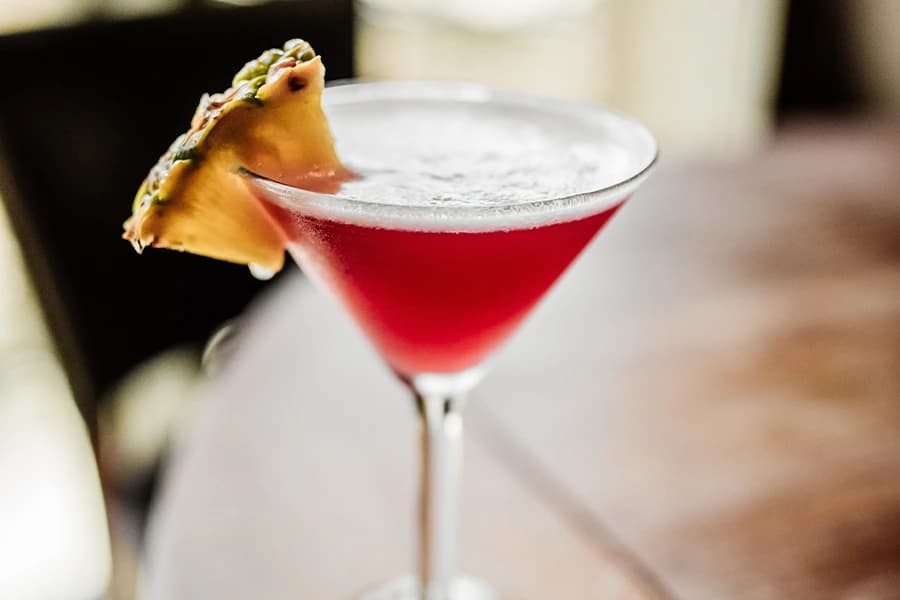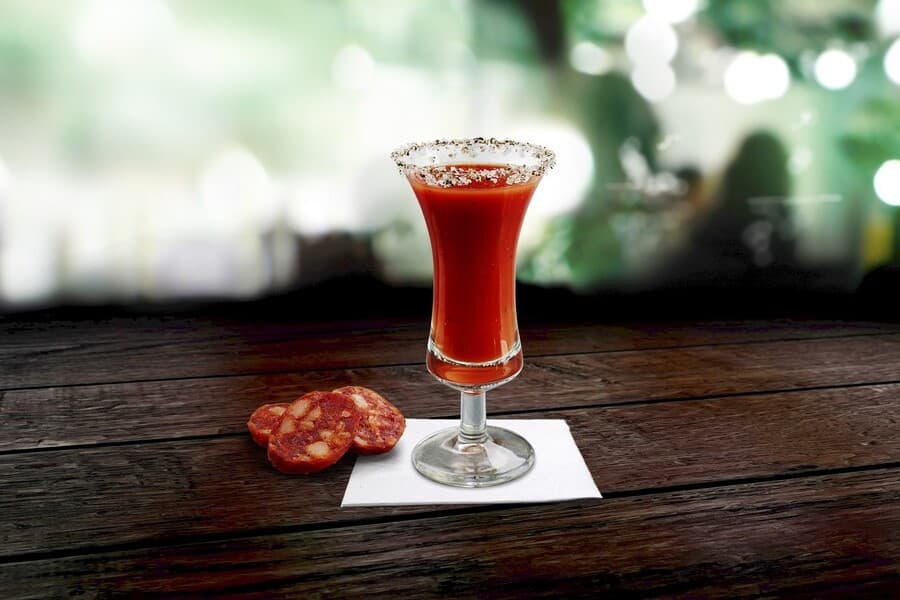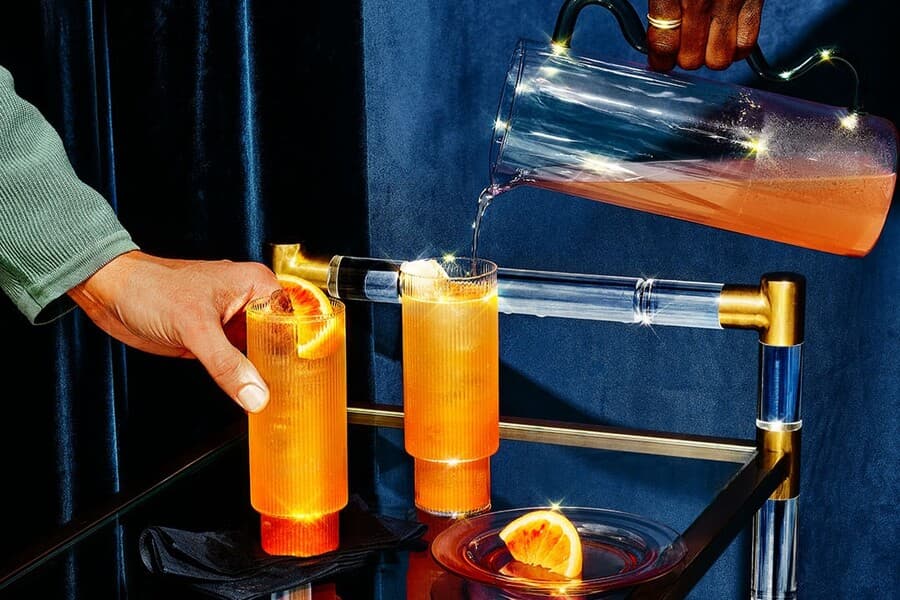Bloody Mary Cocktail
The Bloody Mary cocktail is distinct among drinks, deviating from typical sweet, mild or tangy qualities, exemplifying the base spirit’s incredible versatility, as an excellent base for sophisticated, savoury drinks, not just fruity ones. Its assertive, zesty taste and frequently ornate garnishes make it an iconic and ideal choice for brunch, providing a flavourful accompaniment to most weekend brunches.
Ingredients
Serves1- Check off ingredients
- 30mL vodka
- 120mL chilled tomato juice
- 2mL hot sauce
- 2mL Worcestershire sauce
- 1teaspoon prepared horseradish
- Pinch of black pepper
- Pinch of paprika
- for rim Pinch of salt
- 15mL fresh lime juice
- for garnish Celery sticks
- for garnish Crisp bacon strip
- for garnish Picked veggies
- for garnish Olives
- for garnish Cucumber slices
- Ice cubes
Method
- Step 1
If desired, rim a highball glass with salt.
- Step 2
In a separate glass, mix together fresh lime juice, hot sauce, Worcestershire sauce, horseradish, black pepper, paprika, and salt.
- Step 3
Add the vodka, followed by the cold tomato juice and ice cubes.
- Step 4
Stir all ingredients together with a bar spoon for 20-30 seconds to ensure they are well-chilled and perfectly blended.
- Step 5
Garnish with a celery stalk, crisp bacon strip, pickled vegetables, olives, and/or cucumber slices as per preference, and serve right away.
Tips & Suggestions
Frequently Asked Questions
Why is it called a Bloody Mary cocktail?
What is Worcestershire sauce made of?
What vodka variety to use for a Bloody Mary cocktail?
You may also love these
Rate This Cocktail
If you love this recipe then tab a star to rate it.







